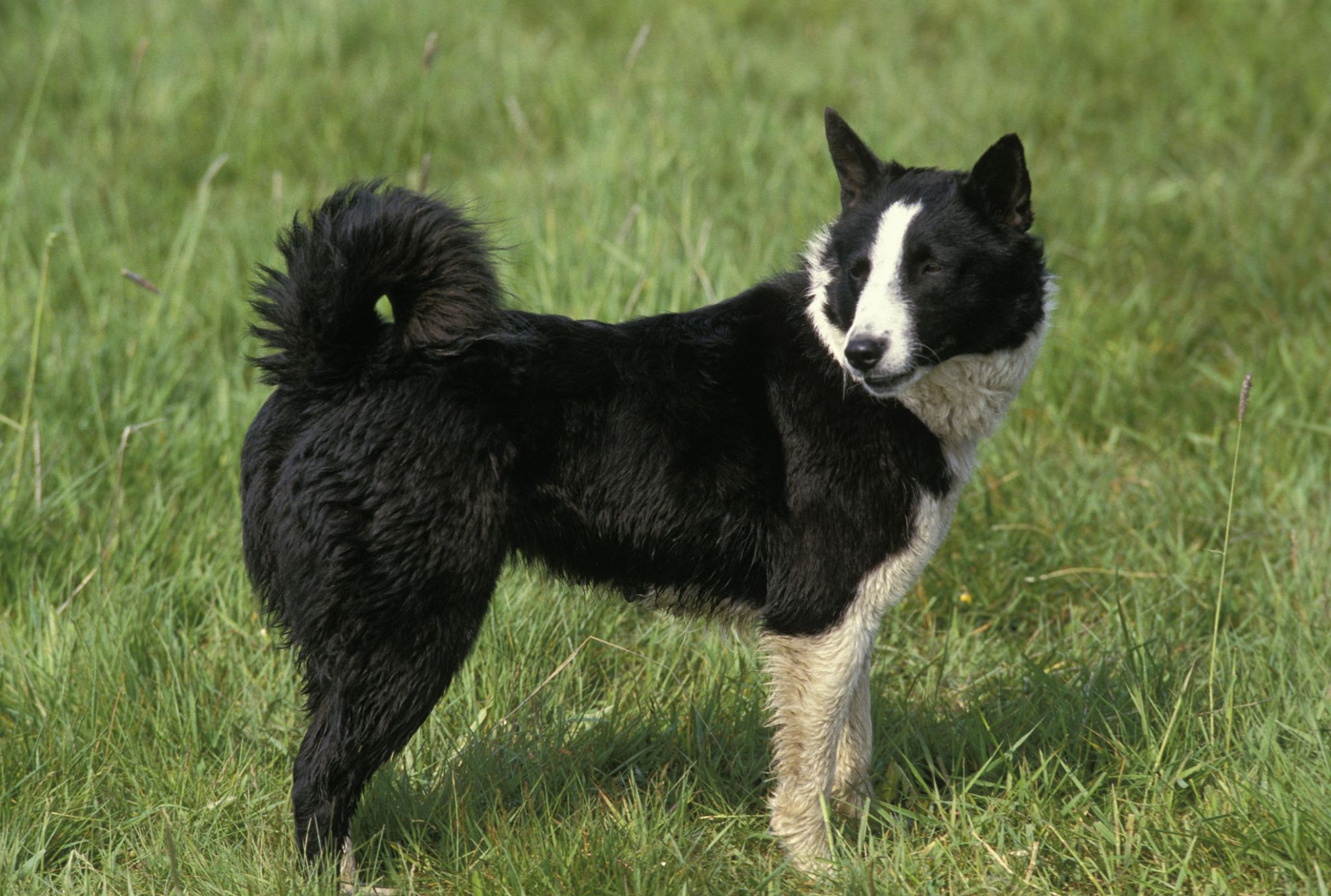The Role of Karelian Bear Dogs in Effective Wildlife Management
Introduction to Karelian Bear Dogs
The Karelian Bear Dog, originating from Finland, is a breed with a rich history and an instinctive aptitude for wildlife management. These dogs are renowned for their courage, intelligence, and loyalty, making them invaluable in the realm of wildlife conservation and management.
Historically, they were bred for hunting large game, such as elk and bears. Their fearless nature and sharp senses have made them particularly effective in controlling wildlife populations and mitigating human-wildlife conflicts.

The Role of Karelian Bear Dogs in Wildlife Management
Karelian Bear Dogs play a pivotal role in modern wildlife management. Their primary function is to assist in the safe relocation of wildlife, particularly large mammals that pose a threat to human settlements. By leveraging their natural instincts, these dogs help to deter animals like bears from residential areas, reducing the risk of dangerous encounters.
In addition to relocation efforts, Karelian Bear Dogs are also used to track and monitor animal movements. Their keen sense of smell enables them to follow tracks over long distances, providing crucial data for wildlife researchers and conservationists.

Training and Skills
Training a Karelian Bear Dog requires patience and expertise. These dogs undergo rigorous training programs to hone their tracking and herding skills. Handlers must establish a strong bond with the dogs, ensuring they respond effectively to commands in high-pressure situations.
Key skills taught during training include:
- Tracking and following scent trails
- Non-aggressive herding techniques
- Responding to verbal and hand signals

Benefits of Using Karelian Bear Dogs
The use of Karelian Bear Dogs in wildlife management offers several benefits. One of the most significant advantages is their ability to reduce human-wildlife conflicts without resorting to lethal measures. This humane approach allows for the coexistence of humans and wildlife in shared environments.
Additionally, these dogs provide a cost-effective solution for wildlife management agencies. By utilizing trained dogs, agencies can efficiently manage wildlife populations while minimizing the need for expensive equipment or extensive human labor.
Challenges Faced by Handlers
Despite their effectiveness, handlers face several challenges when working with Karelian Bear Dogs. The dogs' independent nature requires handlers to maintain constant vigilance and ensure commands are consistently reinforced. Additionally, working in unpredictable wilderness environments can pose risks both to the dogs and their handlers.
To overcome these challenges, ongoing training and adaptation to new techniques are essential. Handlers must be prepared to address unexpected situations and ensure the safety of both the dogs and the wildlife they manage.

Future Prospects for Karelian Bear Dogs
As the demand for non-lethal wildlife management solutions grows, the role of Karelian Bear Dogs is expected to expand. With advancements in training methods and increased awareness of humane wildlife management practices, these dogs will continue to be at the forefront of conservation efforts.
Their unique skill set and adaptability make them a valuable asset in preserving biodiversity and promoting sustainable coexistence between humans and wildlife.